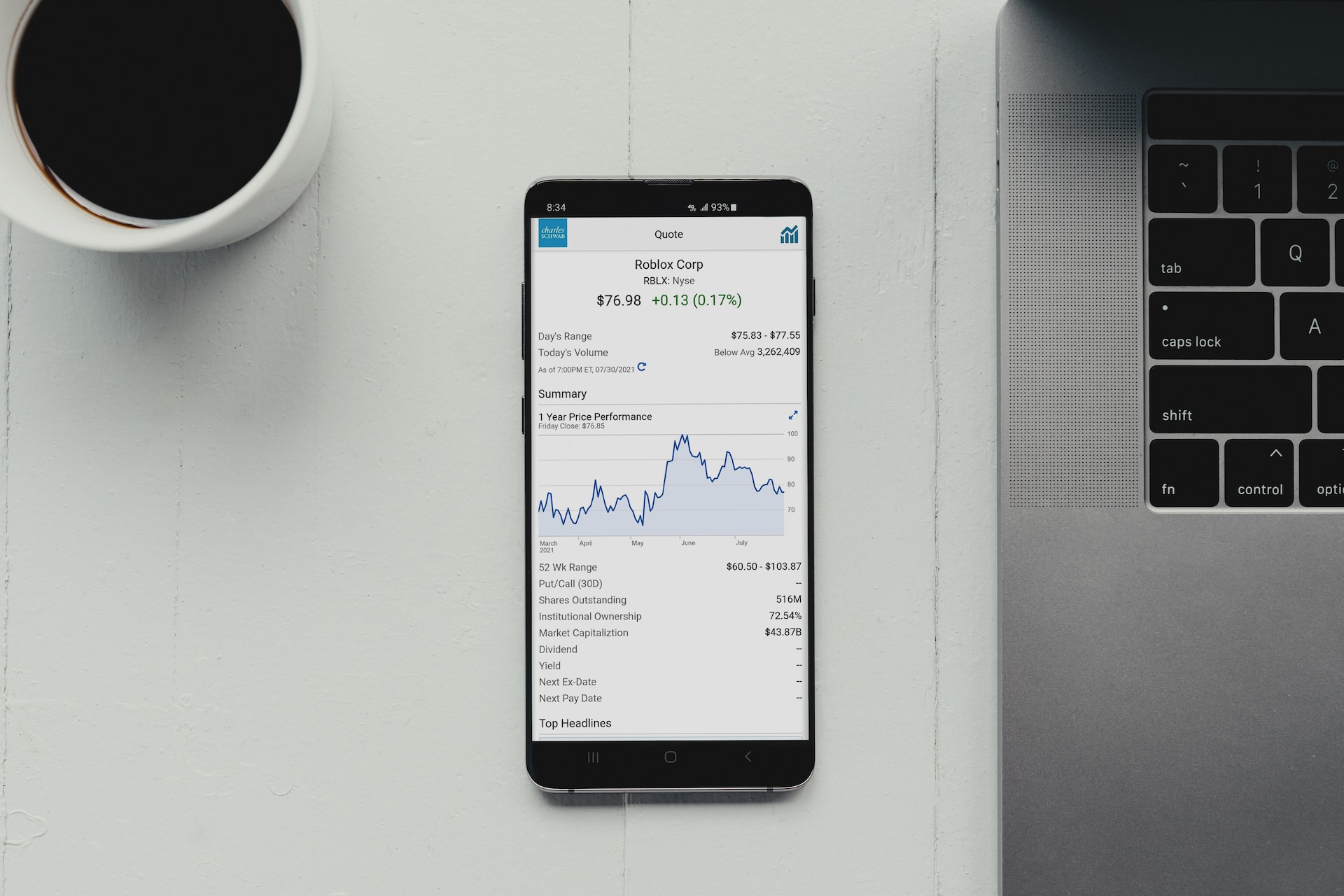Option Greeks provide traders and investors with a means to measure various factors that influence the price of an option. These are essential tools for anyone involved in options trading as they shed light on risk exposure and potential profitability. Let’s delve into the primary Greeks:
1.Delta (Δ)
- Definition:Measures the rate of change of the option’s price concerning a one-unit change in the price of the underlying asset.
- Interpretation:
- For call options: A delta of 0.60 means the option’s price will increase by Rs. 0.60 for every Rs. 1 increase in the underlying asset’s price.
- For put options: A delta of -0.40 means the option’s price will increase by Rs. 0.40 for every Rs. 1 decrease in the underlying asset’s price.
- Use:Helps traders understand the directional risk of an option or option position.

2.Gamma (Γ)
- Definition:Measures the rate of change in the option’s delta concerning a one-unit change in the price of the underlying asset.
- Interpretation:If Gamma is 0.10 and Delta is 0.50, a Rs. 1 increase in the underlying will increase the option’s delta to 0.60.
- Use:Gamma is crucial for traders adjusting delta-hedged positions.
3. Theta (Θ)
- Definition: Represents the rate of change of the option’s price concerning time, or time decay.
- Interpretation: A Theta of -0.05 means the option will lose Rs. 0.05 in value per day, all else being equal.
- Use: Helps traders assess the cost of holding an option over time, particularly important for options buyers and sellers when considering the time decay of an option’s premium.
4. Vega (v, sometimes κ or kappa)
- Definition: Measures the rate of change in an option’s price concerning a 1% change in implied volatility.
- Interpretation: A Vega of 0.20 means the option’s price will rise by Rs. 0.20 for every 1% increase in implied volatility.
- Use: Vital for traders to assess their exposure to volatility changes, especially for those trading volatility strategies.
5. Rho (ρ)
- Definition: Represents the rate of change in the option’s price concerning a change in interest rates.
- Interpretation: A Rho of 0.15 means the option’s price will increase by Rs. 0.15 for every 1% increase in interest rates.
- Use: While less commonly referenced than other Greeks, Rho becomes significant for longer-term options or in environments with larger interest rate fluctuations.
6. Lambda (Λ)
- Definition: Measures the percentage change in option value per percentage change in the underlying price.
- Interpretation: Lambda offers a direct measure of leverage in an options position.
- Use: Helps traders understand the leverage they have in a position, which can be useful for risk assessment.
Understanding Interactions Between Greeks:
- It’s essential to recognize that Greeks don’t operate in isolation. For instance, as time passes (Theta effect), Delta and Gamma might also change.
- In real-world scenarios, multiple factors change simultaneously. For instance, both the stock price and implied volatility can change at the same time, affecting the option’s price in multiple ways.
Conclusion:
Option Greeks play a pivotal role in understanding and assessing the risks associated with options trading. They provide a quantitative way to measure sensitivity to various factors, enabling traders to hedge, adjust, or initiate positions more effectively. As always, a comprehensive understanding and continuous monitoring are crucial when dealing with the dynamic world of options trading.










